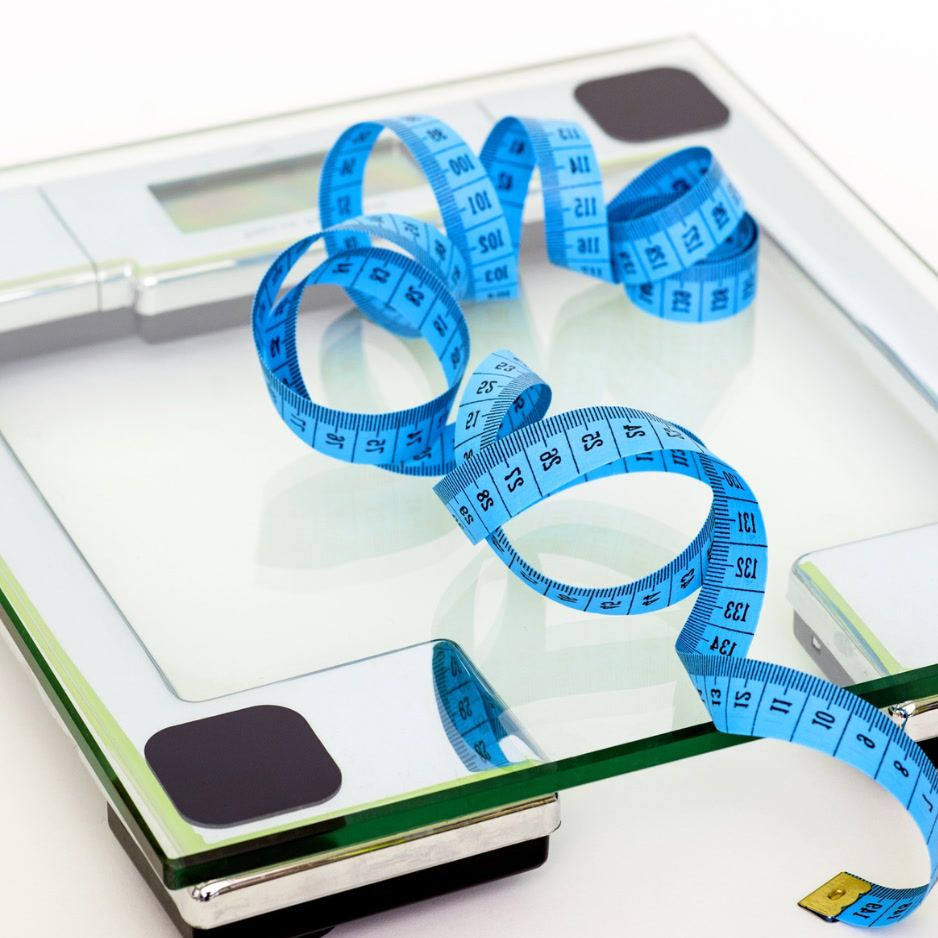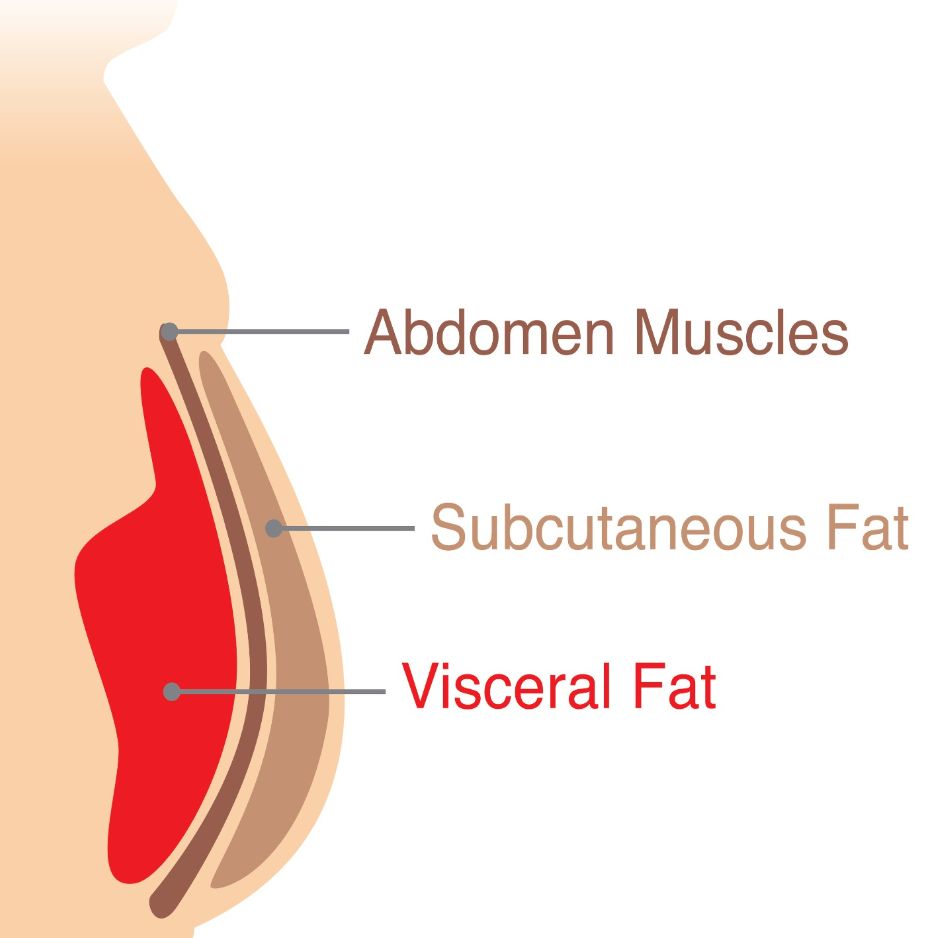Sweatin It Out: Cardio Calorie Comparison

We all know that cardio can sure be a time suck! To maximize your workout efficiency, in this blog post we’ll give you an idea of how many calories you can expect to burn from different types of activity.
First of all - should you even bother with cardio?
A growing number of people are jumping on the “no cardio” bandwagon. The theory behind this concept is that sustained cardio is not only boring, but also actually doesn’t do you any favors with regard to muscle gain and/or fat loss. These folks instead focus on strength training, circuit training, and short but intense HIIT workouts. And it is true that purely from a fat loss/muscle gain perspective, the latter type of workouts likely provide better results.
However there are many other benefits to sustained cardiovascular exercise, including management of stress and anxiety, hormonal regulation, a lower resting heart rate, and as the name implies, stronger and healthier heart and lungs. (Nobody likes sucking wind while walking a flight of stairs.) It’s also important to being a healthy human to get outside in the fresh air on a regular basis - expect a spike in Vitamin D and endorphins and a decrease in cortisol, all of which will help you sleep better, feel better, and look better.
So, operating with the assumption that SOME cardio is beneficial, ideally outside if possible, let’s look at different types of activity and see what gives you the most bang for your buck. We examined how many calories an average 150 pound person and a 200 pound person would burn during 30 minutes of the following exercises. Then it’s up to you to decide which exercise to choose!
| Exercise | 150 lb person | 200 lb person |
|---|---|---|
| Brisk Walking (3.5mph) | 129 calories | 172 calories |
| Brisk Hill Walking (3.5mph) | 204 | 272 |
| Stair running | 510 | 680 |
| Running (10 minute mile pace) | 360 | 480 |
| Running (7 minute mile pace) | 473 | 630 |
| Cycling (average 13mph) | 320 | 426 |
| Mountain biking (moderate intensity) | 281 | 408 |
| Swimming (casual) | 225 | 300 |
| Swimming (vigorous) | 375 | 500 |
| Elliptical (vigorous effort) | 214 | 286 |
| Zumba (aerobics dance class) | 225 | 300 |
| Jumping rope fast | 345 | 460 |
| Cross country skiing, moderate effort | 272 | 363 |
| Cross country skiing, uphill | 561 | 748 |
| Tennis (singles) | 225 | 300 |
| Soccer, competitive | 340 | 454 |
| Rowing machine, moderate effort | 245 | 367 |
| Rowing machine, all out effort | 408 | 554 |
Source: http://www.exrx.net/Calculators/Calories.html
One more piece to this puzzle…
The chart above is showing you the estimated number of calories you can expect to burn during your cardio session, but there's also something called EPOC - Excess Post-exercise Oxygen Consumption. That’s a long way to say that we continue burning some amount of calories AFTER we are finished exercising, even if we collapsed on the couch to watch football after our run. This is obviously a great thing to maximize, because it's free calories burned - you don’t have to do a thing. With the proper workout, research shows that your body might continue burning excess calories, on the order of about an additional 14% of what you burned in your workout, for a period of 16 to 24 hours post workout.
The science behind this is that if you push your body to a high enough intensity, you create a large oxygen debt on a cellular level, and your body has to work hard after the fact to replenish and rebuild those depleted cells. The best way to create EPOC is another fun acronym, HIIT - High Intensity Interval Training. By pushing your body to work at 70 - 80% of your maximum heart rate for short periods of time, you will be in an anaerobic training zone and this is where oxygen debt occurs.
Here are some examples:
Good: Do a 30 minute cardio session of 2:1 work: rest intervals. For example, find a hill that takes you about 4 minutes to power walk up, and about 2 minutes to walk back down, and repeat that 5 times.
Better: Do a 15 - 20 minute cardio session of shorter 2:1 intervals. For example, run up the same hill in 2 minutes, and take 1 minute to come back down. Repeat 5 times.
Best: Do TABATA style sprint intervals (these are good to do on a track if you're a runner, or on a spin bike if you prefer cycling). This means 20 seconds of all out sprinting, then 10 seconds of recovery, for 4 minutes total or 8 rounds. You should be totally taxed by the end of 4 minutes! Recover for ~3 - 5 minutes to bring your heart rate all the way back down (this might be a good time to do some ab work), and then repeat the TABATA. If you're doing them right, 2 rounds will be about all you can handle.
The Ultimate: Do TABATA style intervals with an exercise that uses your full body, such as rowing, cross country skiing, or burpees. Taxing more muscle groups will result in a larger overall oxygen debt, and thus a larger EPOC!
Note: We are focusing on cardio in this post, but strength training also is an excellent way to create EPOC! Just make sure you are doing a weight that is heavy enough to max you out by 8 - 10 reps on each set, and focus on your large muscle groups (think squats, deadlifts, push-ups, pull-ups - save yourself some time and skip the bicep curls!) Circuit-style training with short rest periods has also been shown to be very effective.


